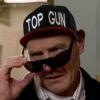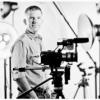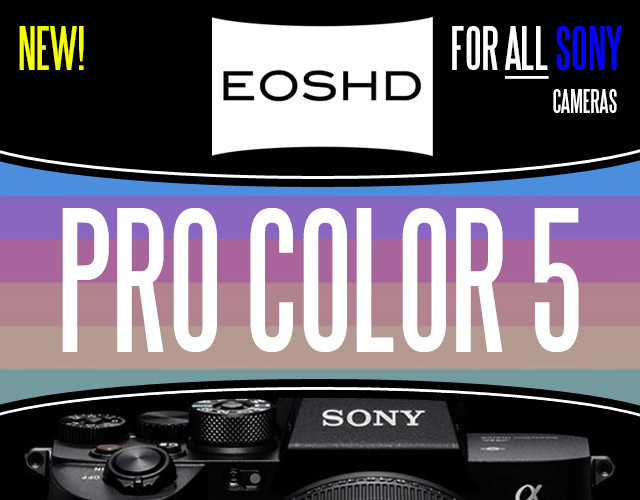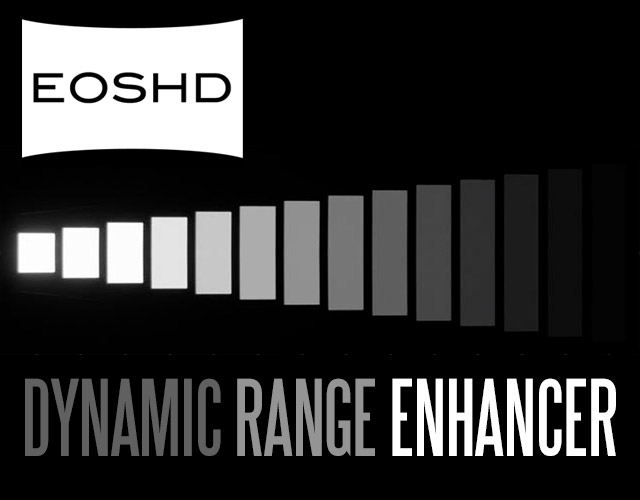50P/60P Shutter Angle Question
-
Similar Content
-
First test slow motion with Nikon D5300
- Nikon D5300
- video
- (and 7 more)
- 1 reply
- 6,500 views
-
- 10 replies
- 2,509 views
-
Astrodesign 9-inch 4k monitor & 4K micro four-thirds camera.
By jgharding,
- astrodesign
- micro
- (and 3 more)
- 1 reply
- 2,714 views
-
- 0 replies
- 3,462 views
-
- 11 replies
- 6,771 views
-










Recommended Posts
Create an account or sign in to comment
You need to be a member in order to leave a comment
Create an account
Sign up for a new account in our community. It's easy!
Register a new accountSign in
Already have an account? Sign in here.
Sign In Now